
Are you tired of your meticulously crafted content getting buried and overlooked in the vast ocean of search results? Fear not, because the solution is right at your fingertips! In today’s competitive market, ensuring maximum visibility for your website can feel like an arduous task – but with the help of On-Page.ai, you can create SEO-friendly content that captures both reader interest and search engine appreciation. Dive into this insightful guide to learn how simple techniques can make your content rise above the rest while generating traffic and boosting your online presence. Buckle up and get ready to dominate the SERPs!
To create SEO-friendly content, you should start by defining your target audience and researching relevant keywords. Write compelling headlines and introductions, use structured formatting such as subheadings and bullet points, optimize images with alt tags, and ensure the content is accessible to all. Additionally, focus on the quality and relevance of your content rather than just stuffing it with keywords. Make sure the content fulfills the searcher’s intent, offers a unique perspective or solution, and is well-written. Lastly, promote your content through social media, email marketing, and external links to increase website visibility and traffic.
Crafting SEO-Friendly Content
Crafting SEO-friendly content requires writers and digital marketers to prioritize both search engine ranking factors and user intent. Google’s algorithms have become more sophisticated over the years, providing better search result experiences for users. Therefore, it’s crucial to create relevant, valuable, and high-quality content that appeals to users. By incorporating keywords, multimedia elements, and site structure into your writing, you can improve both search engine and user optimization.
One way to create SEO-friendly content is by using a conversational writing style that aligns with the reader’s interests and expectations. For example, if you’re writing an article about interior design trends, you might start off by introducing the concept of design psychology and its impact on our daily lives. This type of writing approach aims to capture the reader’s attention immediately by using relatable stories or anecdotes.
Another strategy for crafting SEO-friendly content is to write longer-form articles that cover topics in depth. Research shows that longer content tends to rank higher than shorter posts. Long-form content provides more opportunities to include relevant keywords and outgoing links that provide value to readers.
However, some argue that longer content does not necessarily equate to better engagement or conversions. It really depends on the topic and audience. There are instances when short-form social media posts or headlines catch people’s attention better than long articles.
Crafting SEO-friendly content is like baking a cake; it takes a mix of ingredients (keywords, multimedia elements, site structure) to make it taste great. By understanding what your readers want and optimizing your content around these preferences as much as possible, you can improve your chances of being found online.
- A study by Backlinko found that the average top-ranking Google result contains approximately 1,447 words, suggesting that longer and in-depth content performs better on search engine rankings.
- Moz’s study on domain authority revealed that articles with a high number of backlinks had higher chances of ranking on the first page of Google, indicating that authoritative and relevant links are crucial for SEO-friendly content.
- A 2019 study by Content Marketing Institute reported that 61% of marketers claimed to prioritize optimizing their blog posts for SEO, demonstrating the importance of creating SEO-friendly content in digital marketing strategies.
Keyword Research for Topics
Before creating any piece of content, it’s essential to conduct keyword research to determine which topics are relevant and how you can best target your audience. By identifying searcher intent and competitor analysis, you can select long-tail keywords that don’t have high competition but still have decent search volume.
One way to do keyword research is by using Google Trends or other online tools to determine popular search terms related to your niche. For instance, if you’re in the health and wellness industry, you might consider phrases like “how to lose weight,” “healthy eating tips,” or “at-home workout routines.”

Another strategy is to analyze search engine results pages (SERPs) for specific keywords to see what types of content are already being published. This information can give you insight into the types of content that are ranking well in your industry niche, which can lead to improved visibility and SERP rankings.
However, some argue that solely creating content based on keyword research limits creativity and originality. While it’s essential to optimize content around relevant keywords, it’s equally important to create unique, engaging, and quality content that speaks to your audience’s needs and interests first and foremost.
Keyword research is like mapping out which roads lead to your destination. Without doing any research on the best route or avoiding roads under construction, getting lost is probable. The same goes for creating content without performing keyword research; it’s easy for a writer’s efforts to go unnoticed or become overshadowed by existing articles online covering the same topic.
Implementing Long-Tail Keywords
When it comes to optimizing your content for search engines, using long-tail keywords can be incredibly effective. Long-tail keywords are phrases that contain three or more words and are specific to a particular topic or niche. By incorporating long-tail keywords into your content, you’ll have a better chance of ranking higher on SERPs because these keywords are less competitive than broad or generic keywords.
For instance, if you run a fitness blog, targeting the keyword “fitness” may be too broad. Instead, consider using a long-tail keyword like “best workouts for weight loss” or “how to lose belly fat.” By doing so, you’ll attract more targeted traffic to your site because users searching for those specific topics are more likely to be interested in what you have to offer.
Additionally, long-tail keywords tend to have higher conversion rates than broader keywords because they attract users who are further down the sales funnel. These users are often looking for specific solutions or products and are more likely to make a purchase than those who are just browsing. This means that by using long-tail keywords in your content, you’re not only attracting more traffic but also increasing the likelihood of conversions.
Some people argue that incorporating long-tail keywords into your content can make it sound unnatural and forced. However, this is not the case if you use them strategically and in context. When used correctly, long-tail keywords should blend seamlessly with the rest of your content and enhance its overall quality.
Think of long-tail keywords as puzzle pieces that fit perfectly into the larger picture of your content strategy. By using them, you’re providing more value to your readers by addressing their specific needs and questions.
Engage Readers with Visuals and Voice
Visuals and tone of voice are essential components of creating engaging content that keeps users on your site for longer. By appealing to both their visual senses and emotional interests, you’ll be able to capture their attention and keep them engaged.
For example, adding images or videos to your blog posts can make them more visually appealing and break up large blocks of text. This not only makes it easier for users to read but also increases the chances of social shares and backlinks, which can improve your search engine rankings.

In addition to visuals, tone of voice is another critical factor in creating content that resonates with readers. Your tone should reflect your brand’s personality and values while also speaking directly to your target audience. Using relatable language, humor, or even controversy can help you connect with readers on an emotional level and make them more likely to engage with your content.
Some argue that using a particular tone of voice can alienate certain segments of your audience. However, by tailoring your tone to specific segments within your overall audience, you’ll be able to create content that speaks directly to their needs and interests, making them more likely to stay engaged with your brand.
Think of visuals and tone of voice as the glue that holds your content together. Without these elements, even the most informative or helpful content can fall flat and fail to connect with readers in a meaningful way.
Utilizing Multimedia Elements
In today’s digital world, multimedia elements such as images, videos, and infographics play a crucial role in creating engaging and shareable content. When used efficiently, visuals can not only enhance the user experience but also significantly impact search engine rankings.
To illustrate the point further, imagine two blog posts – one with just plain text and another with relevant images and videos. Which one would you be more inclined to read? The latter, right? This difference in user behavior is well understood by search engines like Google who recognize the importance of multimedia elements in enhancing user engagement.
Incorporating multimedia elements into your content can also improve your website’s bounce rate and time on site, both significant ranking factors for search engines. By providing users with useful and relevant visuals that complement your textual content, you can keep them engaged for longer durations, making your website appear more authoritative to search engines.

However, it is essential not to overdo it with visual elements. While accompanied helpful visuals make your content more appealing, they should still be utilized thoughtfully and strategically. Bombarding users with irrelevant or low-quality visuals can harm your search engine rankings and also lead to poor user experiences, deterring users from returning to your site.
To put it in perspective, think of multimedia elements as a spice in cooking – the right amount of spice compliments the dish while too much can ruin its taste completely. Hence, you need to maintain a perfect balance between your textual content and accompanying visual aids.
Site Structure for Better Ranking

While well-crafted textual content infused with multimedia assets plays a vital role in improving your website’s visibility on search engines, it is equally important to optimize the overall structure of your web pages.
Below are some key areas of focus for optimizing site structure:
URL Optimization: Use descriptive and concise URLs that accurately reflect your content.
Heading Tags: Include relevant and well-crafted H1 tags at the top of each page.
Meta Descriptions: Write compelling meta descriptions that summarize your content for search engine users.
Image Alt Tags: Use clear and concise alt text for images, making it easier to understand their context.
Mobile Responsiveness: Ensure your website is fully mobile responsive, providing a seamless user experience on all devices.
By optimizing the above areas of focus, webmasters can provide search engines with contextual cues that make it easier for them to crawl, index, and comprehend the content on their websites. This makes it easier for search engines to serve high-quality relevant results to users looking for information.
However, it is important not to get too caught up in technicalities and sacrifice the readability of your pages. While optimization is essential, webmasters should always prioritize natural and user-friendly content.
For instance, don’t stuff keywords into headings or cram too many images onto a single page simply as an optimization tactic. Instead, focus on creating high-quality content first and optimize it later. Doing so will not only lead to better visibility on search engines but also higher engagement rates from your audience.
URL Optimization and Tag Usage
URL optimization and tag usage are vital factors for improving a website’s ranking on SERPs. Search engines rely on URLs and tags to identify and analyze the content of a web page. Here are some tips to help optimize your URLs and tags for better visibility.
Use Short, Descriptive URLs – Short, descriptive URLs that accurately reflect the content of the page are favored by search engines. Such URLs are also more user-friendly, easy to remember, and shareable. Avoid using long, complicated URLs with irrelevant parameters or numbers that can confuse users and search engines.
Include Target Keywords in URLs – Including target keywords in the URL can help search engines understand what the page is about and rank it accordingly. It can also improve the click-through rate (CTR) from SERPs by providing users with an idea of what to expect from the page. However, avoid stuffing too many keywords in the URL as it may look spammy and harm the user experience.
Use Hyphens Instead of Underscores – In general, using hyphens (-) instead of underscores (_) in URLs is recommended because Google considers hyphens as word separators while underscores are treated as connectors. Moreover, hyphens make URLs more readable and accessible for users as well as machines. However, some experts argue that there is no significant difference between using hyphens and underscores in terms of SEO.
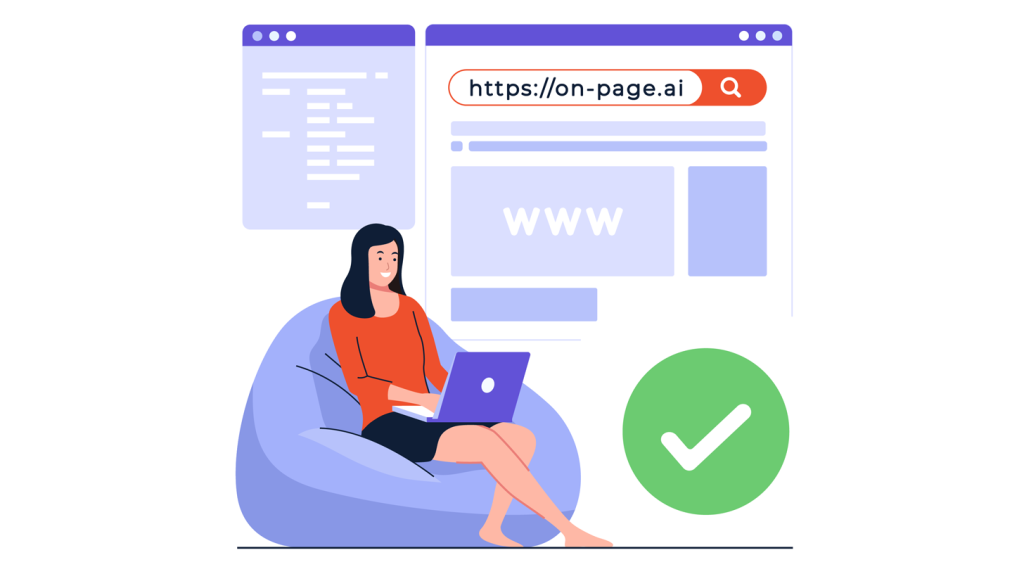
Use Title Tags Effectively – Title tags summarize the content of a web page in a concise and accurate manner. They appear as blue links in SERPs and serve as a primary factor for user clicks. Therefore, optimizing title tags is essential for improving CTRs and SEO rankings. Make sure to include target keywords in the title tag, keep it under 60 characters, and create unique and compelling titles that match the user intent.
Utilize Meta Descriptions – Meta descriptions are brief summaries of a web page’s content visible under the title tag in SERPs. Although meta descriptions don’t directly impact rankings, they can significantly affect CTRs. A well-crafted meta description should include target keywords, compelling language to entice clicks, and a clear value proposition that sets your page apart from competitors.
Use Appropriate Header Tags – Header tags indicate the hierarchy and structure of the content on a web page. H1 is used for the main headline, while H2-H6 are used for subheadings or sections within the content. Using header tags correctly not only makes your content more organized and structured but also enhances its readability and accessibility for users and search engines. Think of header tags like a table of contents for your article book – it helps readers know what topics you cover and where they are located in the text.
These tips for URL optimization and tag usage can help improve your website’s ranking on SERPs. However, it’s crucial to ensure that your content is high-quality, relevant, and valuable to your audience.
Ensure Content Quality and Relevance
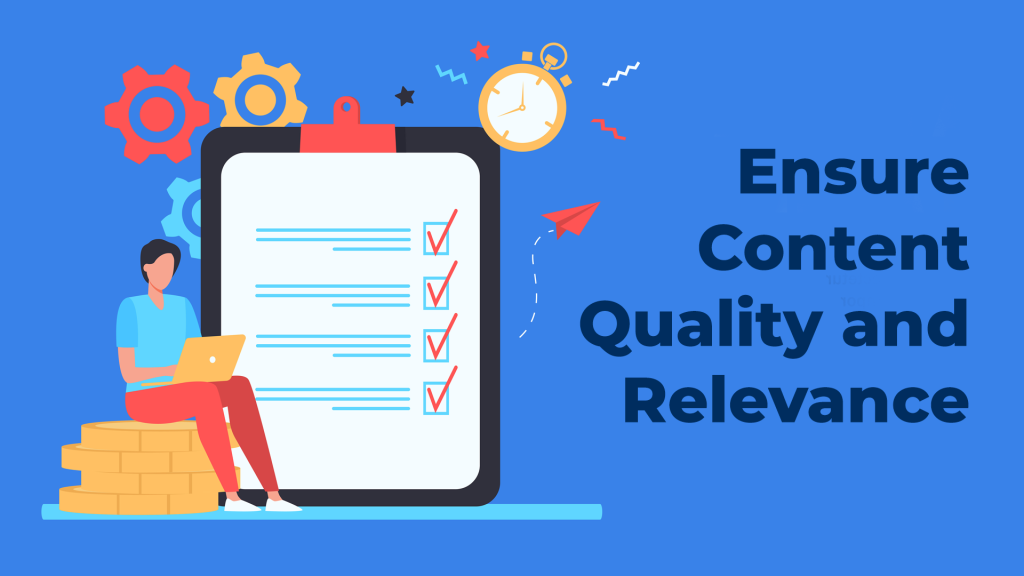
Creating high-quality, relevant, and engaging content is essential for attracting organic traffic from search engines. Search engines aim to provide users with the best possible answer to their search queries. Here are some tips to help ensure your content quality and relevance.
Focus on User Intent – Before creating any content, you should understand what questions or problems your target audience is trying to solve with that content. By identifying user intent, you can optimize your content to provide accurate answers to users’ queries. Moreover, by delivering relevant content to users’ needs, your website will earn their trust and loyalty.
Conduct Thorough Research – Creating valuable content involves in-depth research that includes identifying target keywords and understanding competitors’ content strengths and gaps. Conducting research helps you generate ideas for potential topics, develop a content strategy, and ensure that your content aligns with user intent.
Avoid Keyword Stuffing – While keyword research is essential for SEO success, avoid stuffing too many keywords into your content. This tactic can harm your content’s readability, user experience, and overall quality. Focus on writing naturally and engagingly while incorporating target keywords in critical areas such as the title tag, meta description, header tags, subheadings, and body text.
Use Multimedia Elements Effectively – Incorporating multimedia elements such as images, videos, infographics, or audio clips can make your content more interactive, memorable, and visually appealing. They can also break up long text blocks and help explain complex data or concepts more clearly to users. However, be sure to optimize multimedia elements for speed and accessibility by compressing file sizes and adding alt tags to images.
Structure Your Content Logically – A well-structured piece of content flows logically from the introduction to the conclusion. It should have clear headings and subheadings to guide readers through the main points of the article. Think of your article as a journey that takes readers from point A to point B by following a logical map of ideas.
By following these tips for ensuring content quality and relevance, you can create content that not only appeals to users but also earns higher rankings on search engine result pages.
Overall, crafting SEO-friendly content involves a combination of factors that cater primarily to user intent. From conducting thorough research to optimizing title tags to using multimedia elements effectively, having a holistic approach can significantly improve your website’s visibility and success.
By creating high-quality and relevant content that satisfies users’ needs while optimizing for organic traffic, you can set your website on the path to SEO success. AI-powered optimization tools like On-Page.ai and its Stealth Writer feature can help with your SEO-friendly content goals.

Frequently Asked Questions
How often should SEO-friendly content be updated or refreshed?
To maintain optimal visibility and relevance on search engines, SEO-friendly content should be regularly updated or refreshed. The frequency of updates can vary depending on factors such as industry trends, algorithm changes, and user engagement.
According to a study by HubSpot, updating old blog posts with new information and optimizing them for search engines can increase organic traffic by up to 106%. Additionally, Google’s algorithm favors fresh content, and regularly updated websites are more likely to rank higher in search results.

Therefore, it is recommended that SEO-friendly content be refreshed at least every six months. This can involve adding new information, optimizing for new keywords, and improving user experience.
Ultimately, the key to maintaining high visibility through SEO-friendly content is regular updates and relevant information that meets the needs of your audience. By staying on top of industry trends and algorithm changes while prioritizing user engagement, businesses can maximize their online presence and drive more traffic to their website.
What are some common mistakes to avoid when creating SEO-friendly content?
When it comes to creating SEO-friendly content, there are some common mistakes that marketers often make. These mistakes can have a negative impact on the overall effectiveness of your content and may even harm your website’s organic search rankings.
One of the most common mistakes is keyword stuffing. This involves cramming as many keywords as possible into your content in an attempt to improve its relevance to specific search terms. However, this tactic is not only ineffective, but it can also lead to penalties from Google. According to HubSpot, keyword stuffing should be avoided at all costs and instead, marketers should aim for natural language and user-focused content.
Another mistake to avoid is ignoring your meta descriptions. These are the snippets of text that appear beneath your website’s title in search results and they provide important information about what your content entails. Neglecting them can significantly reduce click-through rates and traffic. In fact, a study by Yoast found that well-crafted meta descriptions can boost click-through rates.

Lastly, focusing solely on written content is another mistake that should be avoided. Today’s consumers are interested in more than just text – they want images, videos, infographics, and more. Ignoring these multimedia elements can put you at a disadvantage compared to competitors who are leveraging them effectively. A survey by HubSpot found that posts with images receive 94% more views than those without.
Overall, avoiding these common mistakes when creating SEO-friendly content can help improve your website’s visibility and drive more qualified traffic to your site.
What are the key elements of creating SEO-friendly content?
The key elements of creating SEO-friendly content can be broken down into three main categories: keyword research, on-page optimization, and user engagement.
Firstly, keyword research is essential in understanding what your target audience is searching for and incorporating those keywords into your content. According to a study by Ahrefs, 90.63% of webpages get zero traffic from Google because they don’t target the right keywords. Therefore, it’s critical to use tools like Google Keyword Planner, Semrush, or On-Page.ai to identify high-performing and relevant keywords related to your business or industry.
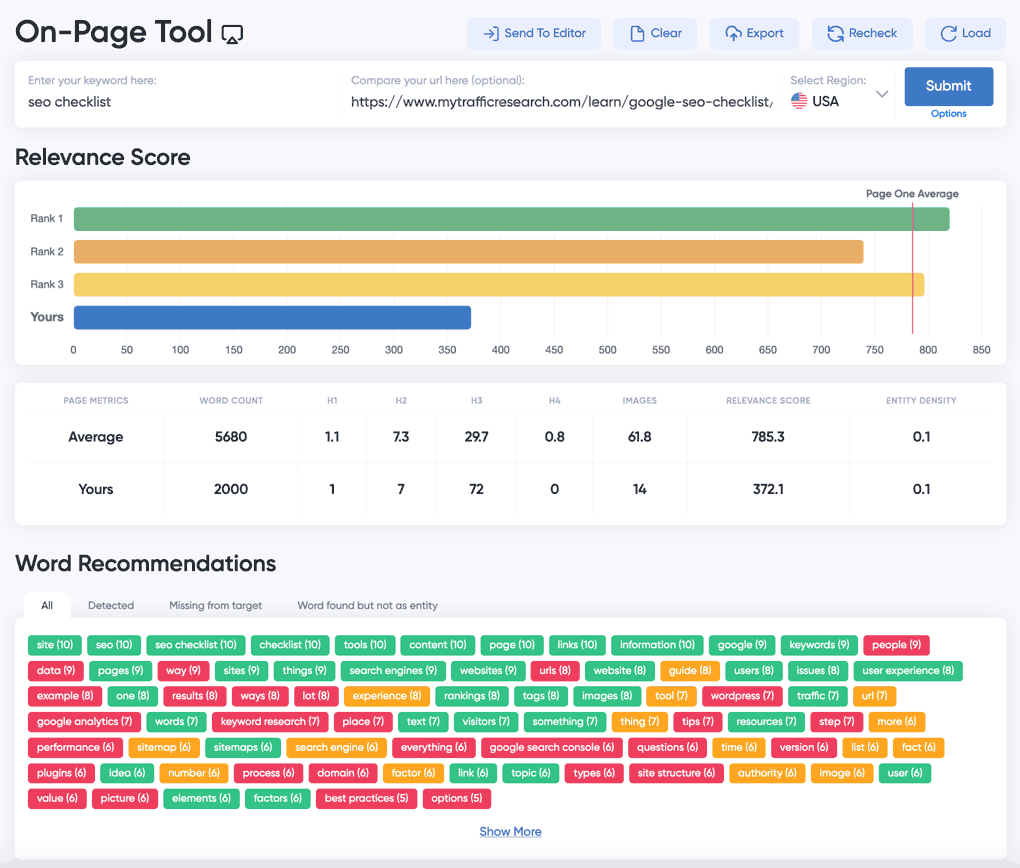
Secondly, on-page optimization refers to optimizing your content for search engines by including meta titles, descriptions, header tags, and internal/external links. Adding relevant images with alt text also helps improve the page’s overall SEO value. A study by Backlinko found that pages with at least one image rank higher in SERPs than those without images.
Lastly, user engagement metrics such as bounce rate and dwell time play a crucial role in determining the quality and relevance of your content. High-quality content that keeps users engaged and encourages them to stay on your website longer will rank higher in SERPs.
In conclusion, creating SEO-friendly content requires extensive keyword research, on-page optimization, and attention to user engagement metrics. By implementing these essential elements into your content creation efforts, you can maximize visibility and drive organic traffic to your website.
How important is keyword research in SEO-friendly content creation?
Keyword research is essential in SEO-friendly content creation. It allows you to identify the language and words your target audience uses to find the information they’re seeking, which can help improve your ranking on search engines.
According to a study conducted by Ahrefs, 90.63% of pages in their index get no organic traffic from Google, highlighting the importance of keyword research. By conducting thorough research and identifying valuable keywords and phrases, you’ll have a greater chance of appearing at the top of SERPs and attracting more traffic to your website.
Furthermore, utilizing long-tail keywords (more specific and targeted phrases) can improve your chances of reaching your desired audience. According to Hubspot, long-tail keywords make up 70% of all web searches, meaning that focusing on them can significantly increase your chances of visibility and engagement.

In conclusion, keyword research is crucial for creating SEO-friendly content that will be visible to the right audience and improve your overall ranking on SERPs. It’s a vital step in any content creation process that should never be overlooked or underestimated.
Are there any tools or resources available to help with creating SEO-friendly content?
Yes, there are many tools and resources available to help create SEO-friendly content. One of the best-known tools is Google Keyword Planner which helps identify keywords and phrases with high search volumes to include in content. Another tool is Yoast SEO which provides real-time feedback on the content’s readability, keyword density, and metadata optimization. On-Page.ai’s set of SEO optimization tools should also boost your online presence.
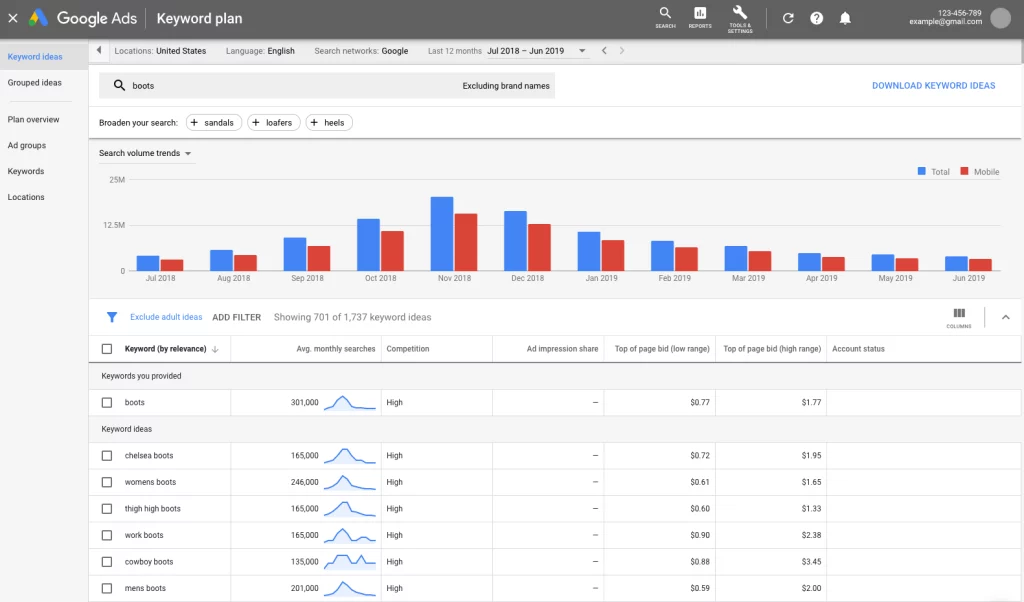
Additionally, content writers can leverage online resources such as Semrush and Ahrefs that offer comprehensive keyword research data, backlink analysis, and content gap analysis to improve their content strategy further. Moreover, Google Analytics can provide valuable insights into user behavior and website traffic, helping writers determine what type of content resonates most with their respective audiences.
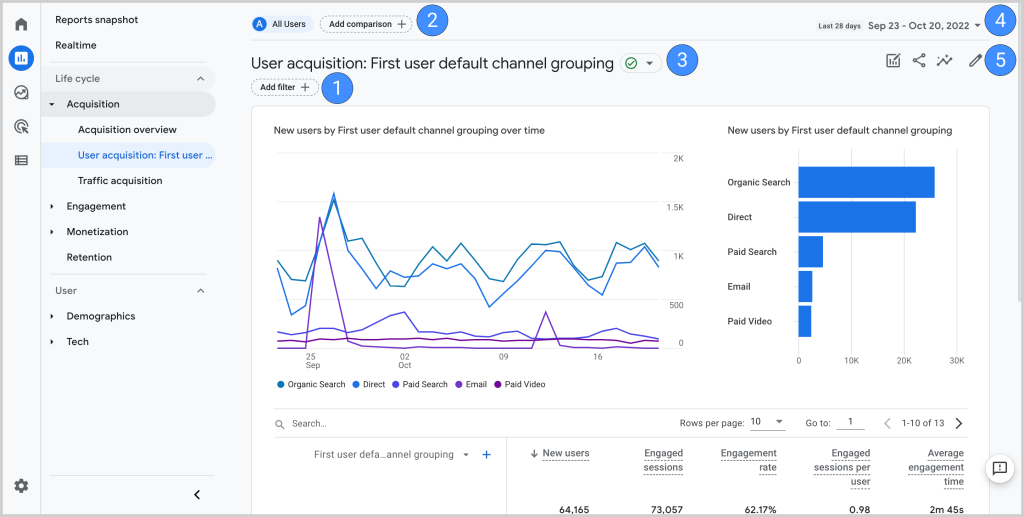
Companies that blog receive 97% more links to their websites than those that don’t. This is a clear indication of how important it is for businesses to prioritize creating SEO-friendly content.
In conclusion, creating SEO-friendly content requires a mix of skill, research, and making use of these aforementioned tools and resources, including On-Page.ai. As the online marketplace continues to grow more competitive each day, utilizing these techniques will give your website a competitive advantage in higher search rankings, increased visibility, and ultimately lead generation.




